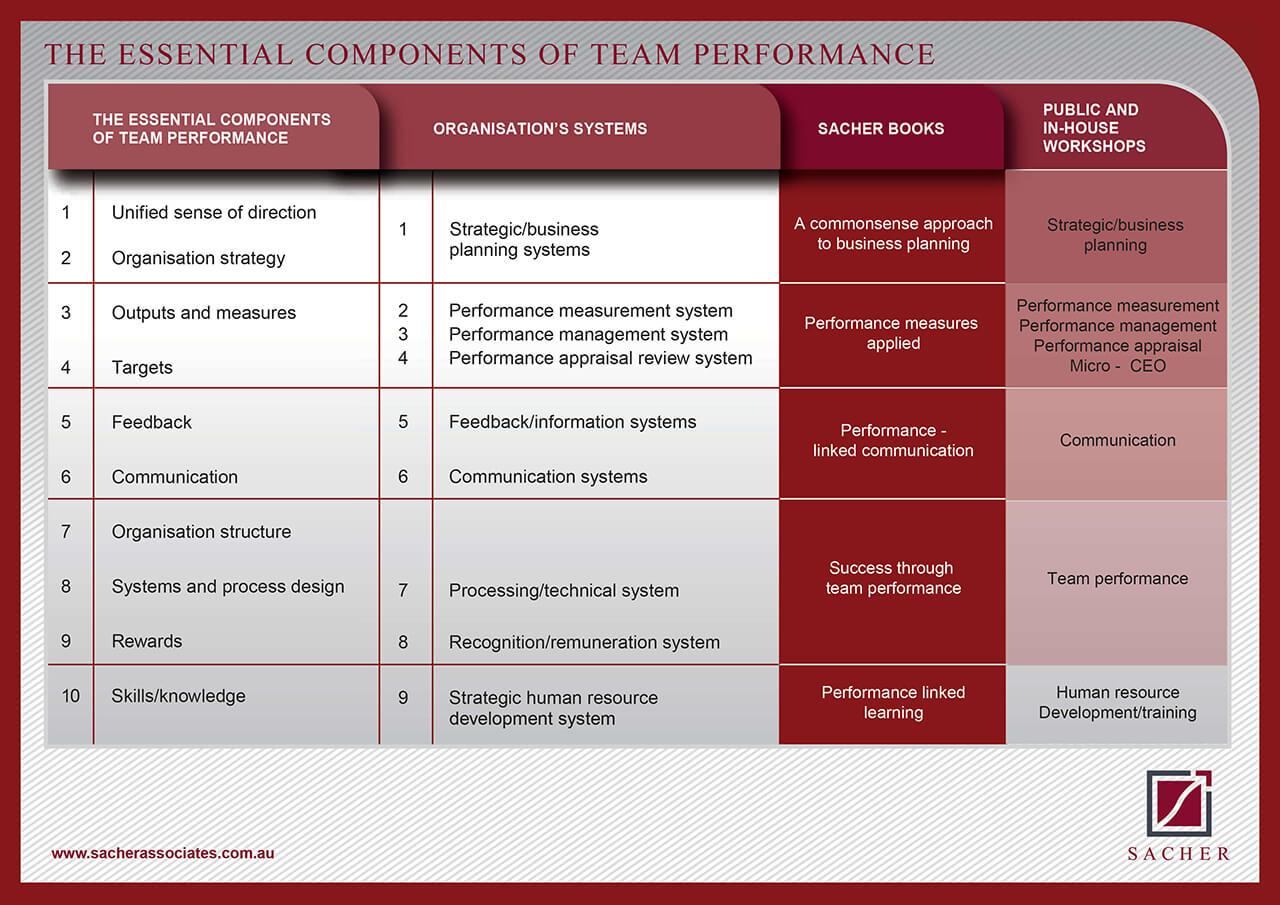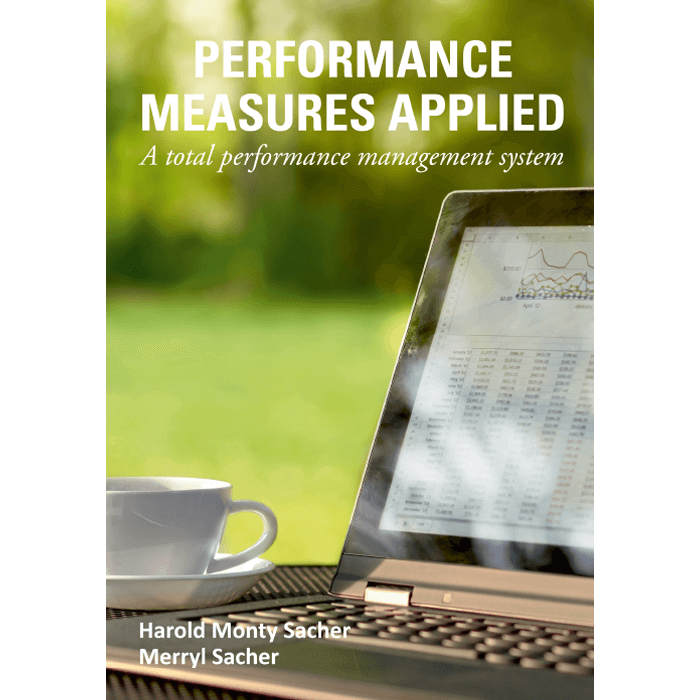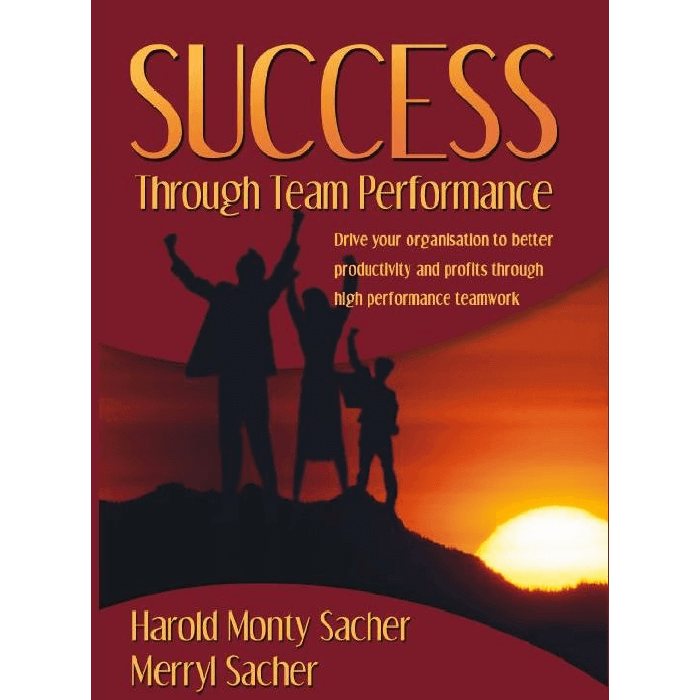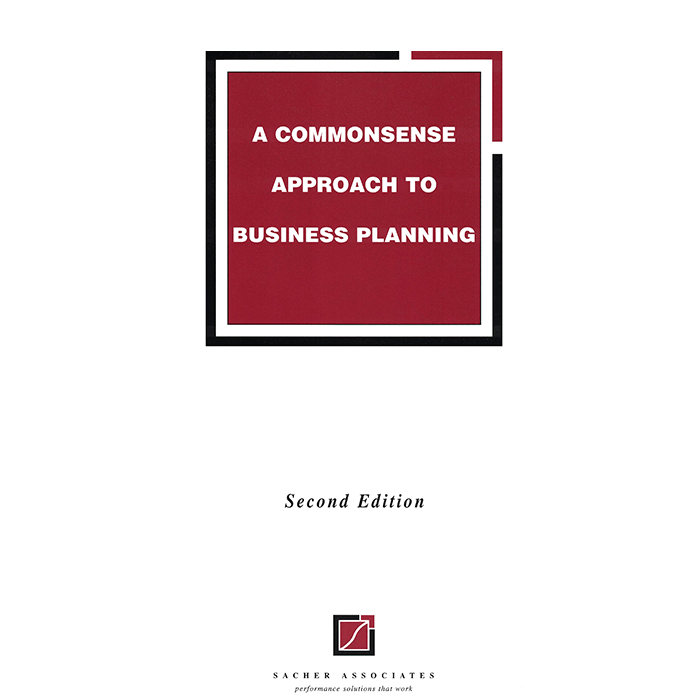CHANGE MANAGEMENT
Monty is an organisational and management expert. I do not use this word lightly. What he doesn't know about Change Management and the role of Culture in developing successful business outcomes is not worth knowing. He has written a book on the subject and has delivered increased productivity and profits in some of Australia's toughest work environments. Regularly reviewed in BRW, Monty has passion for what he does and it is positively infectious.
Gene Stark
CEO, The Marketing Network
The essential assumption underlying a team, (department/division/organisation), change management or performance improvement project is that given the right work environment or in other words, a high-performance culture than 97% of the population of large organisations will perform. The work environment can be divided into various components which we term the essential components of team performance:
A unified sense of direction, strategy or long-term goals, outputs and performance measures, targets, performance feedback, training (skills/ knowledge), reward systems, structure and job design, communication, and systems and processes.
The essential components of team performance are simple, commonsense elements strongly evident in all high-performance teams. All teams will have the components to some degree, but the better developed these components are, the better the team's performance. These key components must be examined, and opportunities to improve them sought. However, we don't fix what is not broken, we work only with those components of team performance which need improvement.
Once identified, a culture in which the essential components can be implemented can be created. These essential components can then be systematically built into everyday activities, ensuring that performance is continuously improved. The philosophy is simple: do the basics as best as you can, all of the time, and you will inevitably improve. With these basics anchored into the workplace culture, performance will continuously improve, and the improvements will be sustained in the long term. Experience shows that with a minimum standard on each component improved team performance is virtually assured. Thus the aim of a team performance improvement project is to engineer into the workplace these components at a minimum standard thereby implementing a continuous performance improvement system.
Different combinations of these components form different systems. The diagram below shows the components of team performance and the systems to which they relate. Our model diagram is another way of representing how we approach Organisation Development: The total system, which would deliver success through team performance is made up of all the basic components of team performance. They are combined in different groupings to form different sub-systems.

OUR BOOKS
Check out our library of titles, full of the insights learned after decades helping companies.
Want to talk to us? Please feel free to contact us. We’re super happy to talk to you.








